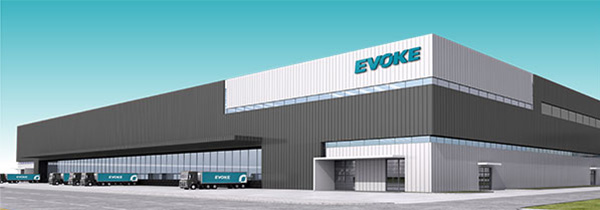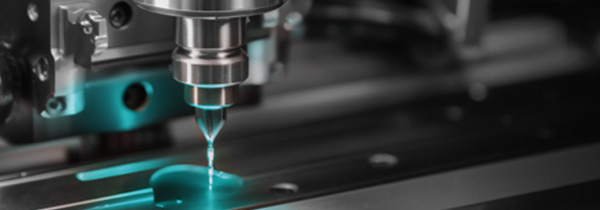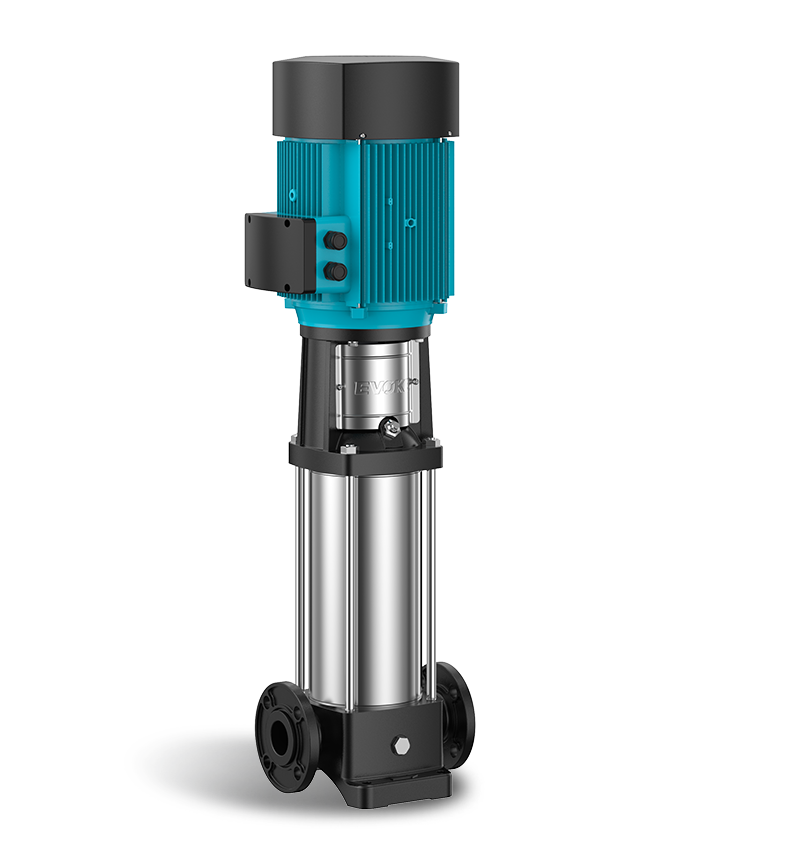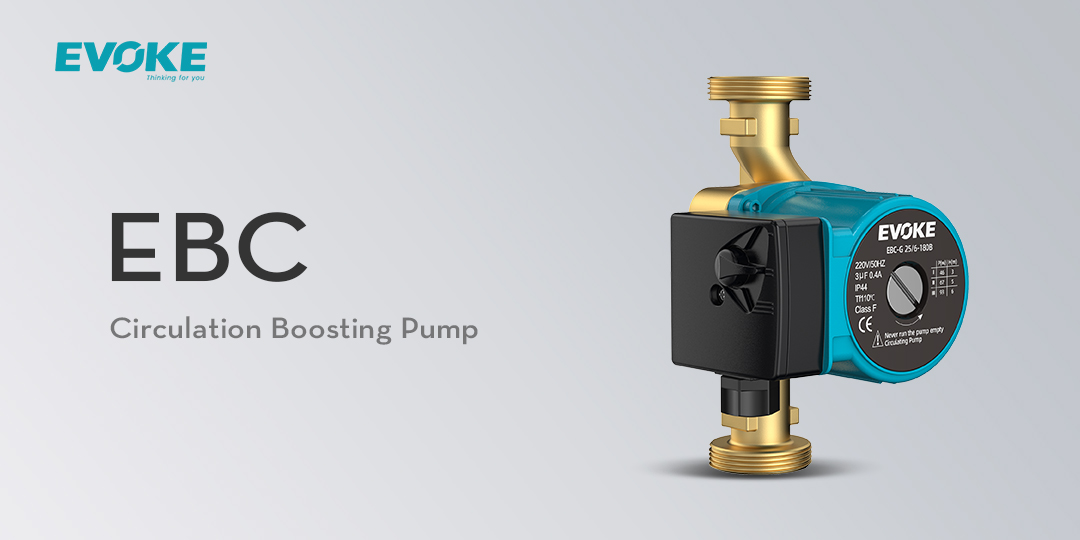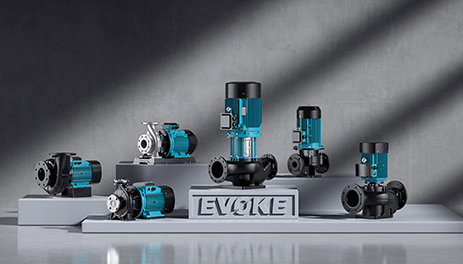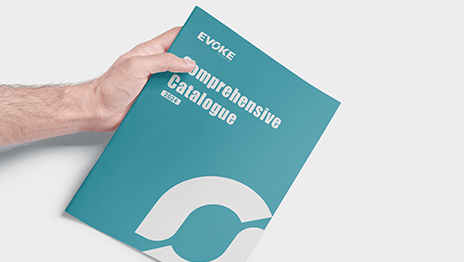A Circulation Boosting Pump moves water fast. It keeps hot water ready. This saves time and water. It helps heating and cooling work better. A pump pushes water steadily. Less wait time for hot water. Less energy waste. Installing one is not hard.
A Circulation Boosting Pump, and How Does It Work?
A Circulation Boosting Pump is a small machine that moves hot water through your pipes. When you turn on the hot water, you have to wait. The cold water in the pipes must move out before the warm water arrives. A circulation pump keeps the hot water moving all the time. This means warm water comes out right away when you turn on the tap.
This helps in many ways. You don't waste time waiting. You don't waste water while waiting. You also use less energy to heat the water. Your home becomes more comfortable and efficient. You will love having hot water the moment you need it!
Should You Install a Hot Water Circulation Boosting Pump?
A hot water circulating pump ensures you always have hot water when needed. This is very useful if your kitchen or bathroom is far from the water heater. When hot water has to travel far, reaching the tap takes a long time. With a pump, it gets there fast.
Here are some significant reasons to install a pump:
Faster Hot Water – No more waiting for warm water.
Saves Water – No more running the tap and wasting gallons of cold water.
Uses Less Energy – Many pumps have timers, so they only run when needed.
More Convenience – Hot water is always ready when you want it.
Tools and Materials Do You Need for it
To install a hot water circulation pump, you need a few tools. Here is what you should have:
Circulating pump – The device that moves the water.
Pipe wrench – Helps loosen and tighten pipes.
Teflon tape – Stops leaks at pipe connections.
Adjustable pliers – Helps grip and turn parts.
Screwdriver – Needed for screws and minor fixes.
Check valve (if needed) – Stops water from moving in the wrong direction.
Power drill – Might be required to mount the pump.
Hoses and fittings – Connects everything together.
Turn Off the Water Supply
Before you begin, turn off the water. This stops water from running while you work. Find the main shutoff valve and turn it off. Tell everyone at home not to use water until you finish.
Drain the Pipes
Now, you need to empty the pipes. Open all the faucets in your home. Let the water run out until nothing comes out. This step is essential. It removes leftover water so you don't get splashed while working. It also releases pressure from the pipes.
Select the Finest Spot for the Pump
Most people put the circulating pump near the water heater. This is the best place. It helps the hot water move through the system quickly. Pick a spot where the pump can connect easily to the hot water pipe. Make sure you have enough space to work.
Attach the Circulator Pump to the Hot Water Pipe
Read the manual that comes with it. Wrap Teflon tape around the pipe threads. This helps prevent leaks. Then, use a pipe wrench to tighten the connections. Do not over-tighten. If you pull too much, you can damage the pipes.
Install a Check Valve (If Needed)
Some systems need a check valve. This makes sure water only moves in one direction. If your pump kit includes one, install it now. Follow the instructions carefully to make sure it is placed the right way.
Plug in or Connect the Pump to the Power
Most hot water circulation pumps need power to run. Some pumps plug into a wall outlet. Others must be wired into your home’s electrical system. If your pump needs wiring, it’s best to ask an electrician for help. Make sure the pump is powered correctly before turning it on.
Turn the Water Back On and Test the Pump
Now, turn the water supply back on. Look at all the connections. Make sure there are no leaks. Turn on the hot water taps in your home. The water should heat up much faster than before. If the pump is working, you should have instant hot water.
Adjust the Pump’s Settings
Many pumps have sensors. Set the pump to work when you need hot water the most. For example, you can set it to run in the morning and evening. This saves energy and keeps your hot water ready when you need it.
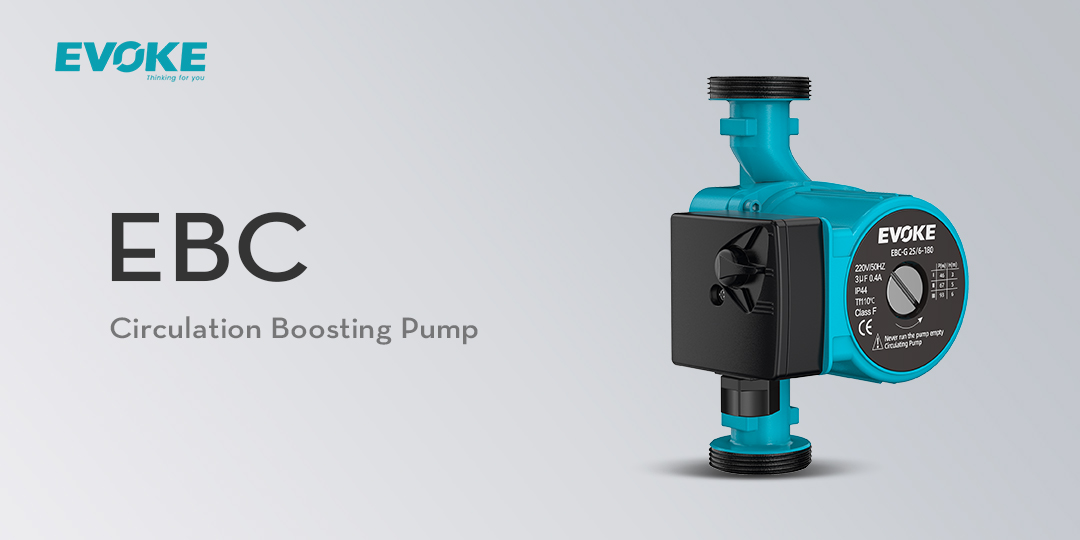
Extra Tips for a Successful Installation
Check Local Plumbing Rules – Some places have special rules for pumps. Check before installing.
Use Pipe Insulation – Wrapping pipes helps keep the water hot longer.
Regular Maintenance – Check your pump every few months. Look for leaks and clean them if needed.
Best Circulation Boosting Pumps for Plumbing Systems
EBV-II Intelligent Circulation Pump
This pump is intense. It helps keep water flowing. It improves water pressure. This pump works well in homes. It works well in businesses. It works well in industrial areas, too. This pump lasts a long time. It keeps water moving efficiently. This pump makes sure plumbing systems work their best. This circulation-boosting pump is the best choice. They keep the water flow strong. It keeps pressure strong, too. That is why it is the best option for plumbing.
A circulation pump helps water flow better. It saves time and water. It makes heating and cooling work great. Installing one is a smart move. It gives fast hot water and saves power. A pump makes life easy.
